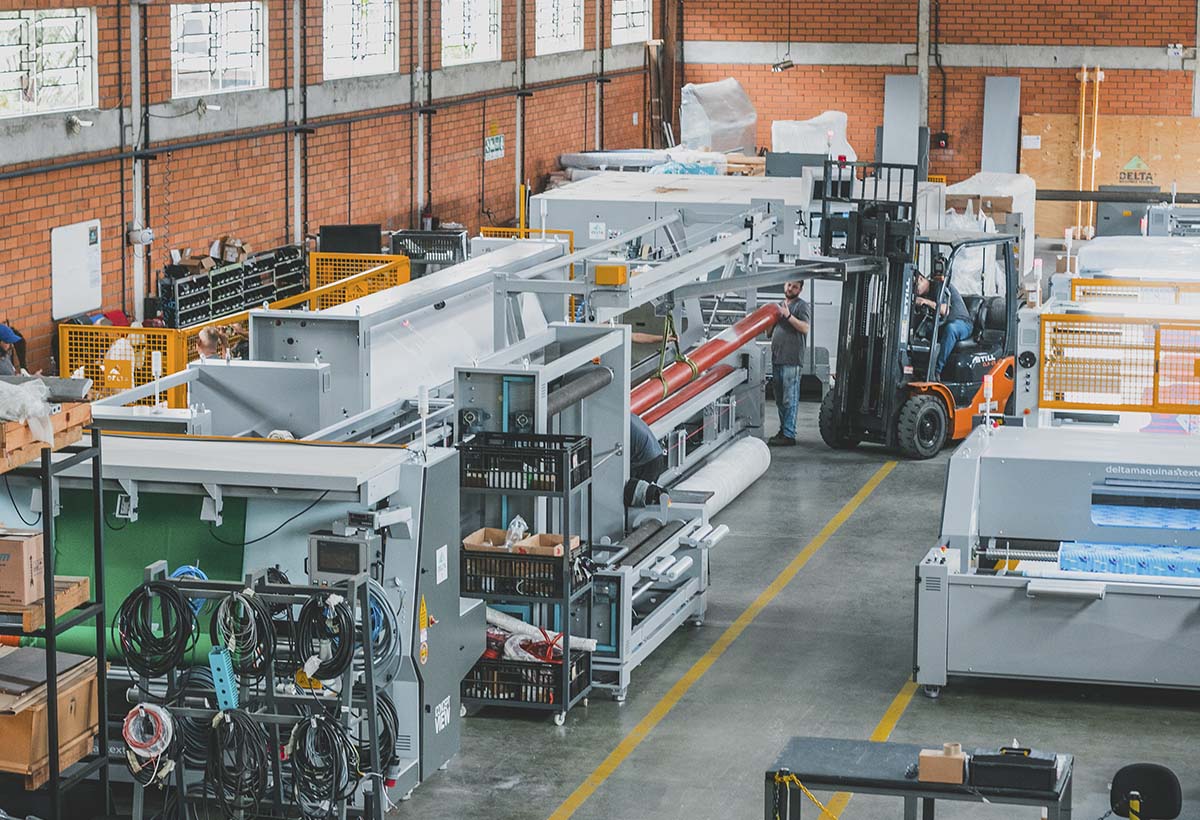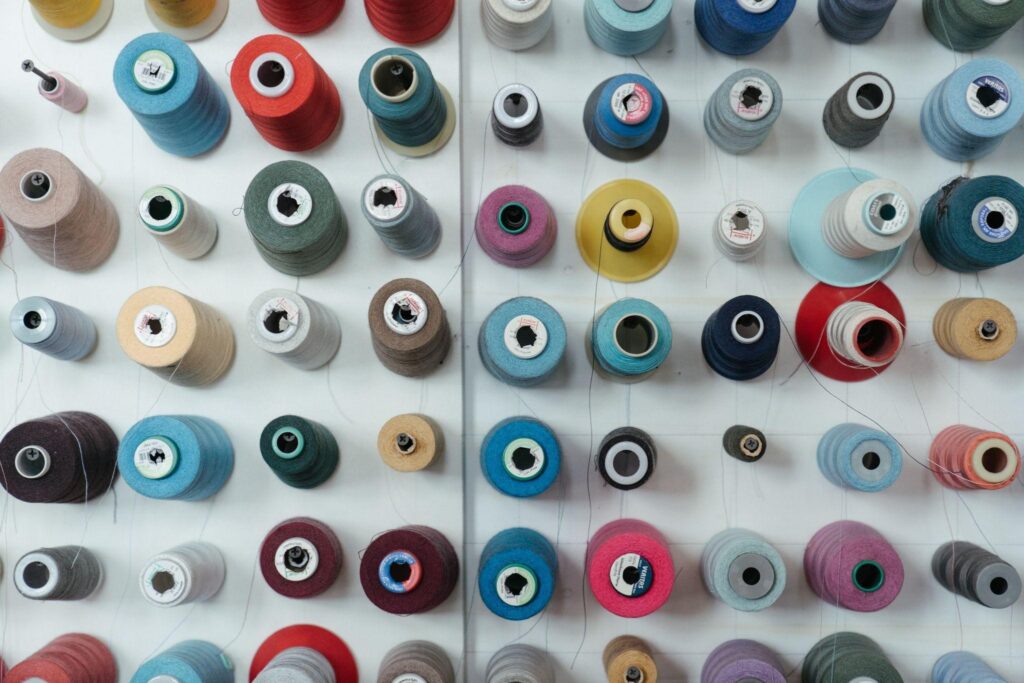Industry 5.0 is the newest of the changes that the sector has been undergoing for years. It is possible to see that since the industrial revolution there has been exponential and unstoppable growth in the search for innovation and adaptation to new technologies.
This reflects the need that consumers are increasingly bringing to companies and industries that need to constantly renew themselves to secure their places in the market.
Much has already been said about Industry 4.0. However, today it is necessary to be aware of the concept of Industry 5.0. Therefore, you will see in this article what this means, and how to adapt your textile industry to this context!
What is Industry 5.0?

Also known as the 5th Industrial Revolution, Industry 5.0 appears as a change in the relationship between man and machines, thus seeking balance between these two actors.
The main focus of the fifth generation is to bring all the technology and resources of its old models to a new era: the era of technology and information. The aim is to generate an incredible combination of technological innovations with human creativity and intelligence.
Therefore, it is necessary to highlight that the focus of this new generation is on social responsibility, inclusion, quality of life and collaboration.
Thus, according to a study on this new generation of the industry, “5.0 operates based on the concept of product customization, interconnected with digital platforms to assist in this integrated production process.”
These technological developments, over the years, always leave a question: will new technologies replace all human work one day?
The fifth generation emerged to demystify this issue. This generation will unite the best of both sides. In other words, the efficiency and safety of new technologies with the intelligence, humanization and creativity that only humans have, thus being able to reach even greater heights.
Even though artificial intelligence has been studied for a long time, and has been used since Industry 4.0, it is not possible to replace a person in this regard. Bearing in mind that all these changes are like a two-way street: in the same way that machines facilitate our processes, we update them.
You can see the main benefits of this new model:
- Greater cost optimization: the partnership between man and machine tends to improve processes, avoiding rework and waste. In this way, there is greater optimization in production costs;
- Improved relationship with the environment: the sector has been more attentive and aware of the impact of actions on the environment. Therefore, technologies of this generation tend to emerge with more sustainable production in mind;
- Personalization with a more human touch: Personalization is a growing trend in the industrial market. Consumers are increasingly looking for customized products. So the machine works together with man to bring this touch of personalization to products.
Industry 5.0 in the textile sector

The fifth generation of the industry arrives to modernize processes in the sector, always seeking production excellence. However, it is possible to notice impacts, mainly at administrative levels.
Still according to the study mentioned above, it is possible to see some changes in the textile sector. “The main difference that can be measured between the current manufacturing model and a model related to Industry 5.0 is that the production line is changed to small mini-production lines that will manufacture individualized products.”
The study also states that the role of the manager tends to change. This is because the director will play both roles, thanks to the company’s planning control, through digital platforms.
This way, there will be no need for leaders or supervisors in the production line, as this sector will be built automatically. However, as already mentioned, human work is not excluded. Now it is necessary to have an analyst to study the data generated by machines and tools. In order to identify strategic points.
When applying new generation methods in the textile industry, some changes will be observed, according to the study, such as:
- Low rates of rejection, rework and customer returns;
- Few failures caused by incorrect workmanship and methods;
- Reduction in delivery times;
- Lower costs;
- Greater productivity thanks to reduced adaptation time in relation to the complex operations of the different clothing models launched in each collection;
- More versatile machines and in smaller quantities;
- Layouts will be more permanent due to versatility and advanced technologies;
- Humans will perform intellectual and creative activities. While robots will perform activities that require greater skill, productivity and sequence of repetitive movements;
- Reduction in the number of cases of sick leave due to health problems, for example: RSI;
- More personalized products;
- Greater demand for specialized labor to deal with more advanced technologies such as: internet of things, artificial intelligence, robotics, augmented reality, additive manufacturing, among other technological axes.
How to prepare for this new model?
There are some adjustments necessary to update your industry. The first is to invest in automation and environmentally responsible technologies. It is necessary to be aware of the latest developments in the sector to adopt the changes of the new generation.
Furthermore, it will be necessary to invest in employee training to develop skills that will facilitate the usability of technologies. Having them engaged to understand the functionalities of the machines will contribute to their performance and the production itself. Knowing the full potential is essential even to know what can be improved or not.
And then?
Industry 5.0 is a new milestone for all of humanity, as now, with new technologies, it will be possible to go even further. Therefore, it is essential to update the model to keep up with market developments.
Even with all these innovations, the new generation demonstrates that human intelligence and creativity are indispensable for the continuous advancement towards a more innovative and technological world.
This content pointed out the concept of the fifth generation, its impacts on the textile industry and methods on how to adapt to them. If you want to receive more content like this, subscribe to our free newsletter.

